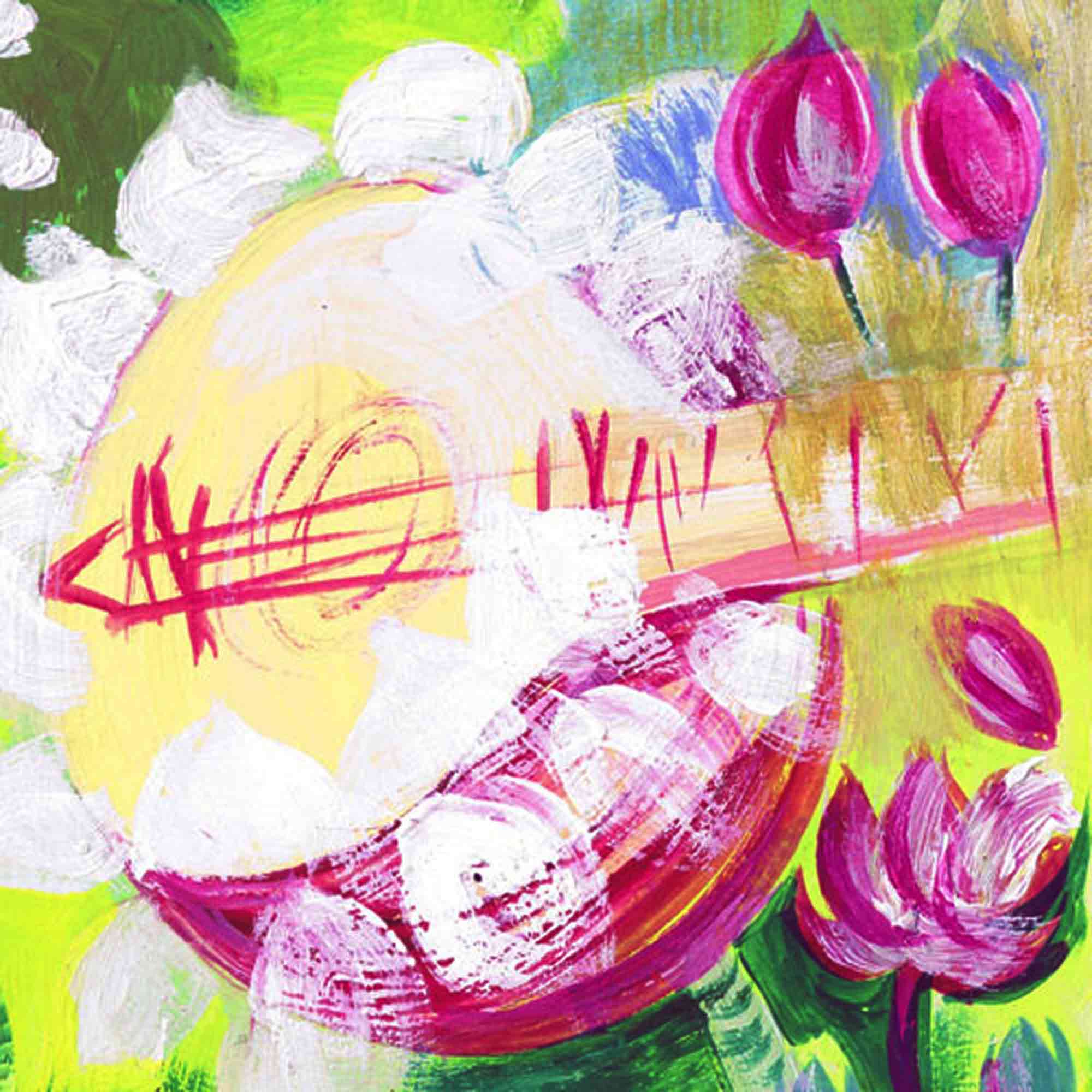“Unity in Diversity, Antiquity in Contemporary Practice? South Indian Music Reconsidered” by Ludwig Pesch (Amsterdam) in Gardner, Matthew; Walsdorf, Hanna (Hrsg.). Musik – Politik – Identität. Göttingen: Universitätsverlag, 2016 (Musikwissenschaften)
This essay evolved from a presentation for participants at the music conference “Music | Musics. Structures and Processes” held at Goettingen University (4-8 September 2012); with due credits to the editors.
“an inspiration to many [and] the highlight of the conference for me” – fellow author/presenter Paul Christiansen
ISBN13: 978-3-86395-258-7
- To download this essay (PDF 500 KB), click here >>
- Download the entire issue for free here>>
- More publications, articles and contributions to reference works, festival issues and museum catalogues listed on worldcat.org >>
Softcover, 17×24, 218 S.: 24,00 € Online Ausgabe, PDF (3.681 MB)
© 2016: Creative Commons licence Attribution-ShareAlike 4.0 International
Abstract
The “classical” music of South India is an amalgam of regional traditions and practices. Increasingly codified in the past five centuries, it is now known as Carnatic or Karnatak music. Like the Sanskrit term Karnâtaka Sangîtam, these Anglicisms denote “traditional” music besides distinguishing South Indian music from its northern (Hindustani) counterpart. Progressive scholars have long espoused the common goal of making teaching more effective for both idioms while safeguarding “authentity”. It may therefore seem odd that detailed notation has not been embraced by practitioners.
This paper probes the resilience of oral transmission in the face of modernity. It looks into the concerns shared by musicians who, while belonging to different cultures and periods, have much in common as far as performing practice is concerned: close integration of vocal and instrumental music. The role of manuscripts in Minnesang, as described by McMahon, also applies to Carnatic music: “songs were handed down in an oral tradition [and] the manuscripts were not intended to be used by performers.” (The Music of Early Minnesang Columbia SC, 1990.)
It will be argued that this fact is not just a question of some musicians’ conservatism, ignorance or irrationality; nor would it put the continuity of a living tradition at risk. On the contrary, Carnatic music reaches global audiences today while “ancient” roots are claimed even by those who cherish its association with musicians from other cultures throughout the 20th century.
About this publication
Music – Politics – Identity
Music always mirrors and acts as a focal point for social paradigms and discourses surrounding political and national identity. The essays in this volume combine contributions on historical and present-day questions about the relationship between politics and musical creativity.
The first part concentrates on musical identity and political reality, discussing ideological values in musical discourses.
The second part deals with (musical) constructions, drwawing on diverse national connections within our own and foreign identity.
Matthew Gardner & Hanna Walsdorf (eds.)
Musik – Politik – Identität
Musik ist immer auch Spiegel und Kristallisationspunkt gesellschaftlicher Paradigmen und politisch-nationaler Identitätsdiskurse. Der vorliegende Sammelband vereint Beiträge zu historischen und gegenwärtigen Fragestellungen, die um das Verhältnis von Politik und musikalischem Schaffen kreisen.
Im ersten Teil sind Beiträge zusammengefasst, die sich mit „Musikalischer Identität und politischer Realität“ befassen und dabei ideologische Zuschreibungsprozesse im Musikdiskurs thematisieren.
Der zweite Teil des Bandes umfasst Betrachtungen über „(Musikalische) Konstruktionen von eigener und fremder Identität“ aus verschiedensten nationalen Zusammenhängen.
Matthew Gardner & Hanna Walsdorf (Hg.)
Inhalt / Contents
Hanna Walsdorf und Matthew Gardner
Vorwort
I Musikalische Identität und politische Realität
Hanna Walsdorf
Deutsche Nationalmusik? Ein diskursgeschichtlicher Annäherungsversuch
Mauro Fosco Bertola
„Die Musik ist mediterran“: Orient, Latinität und Musikgeschichte, oder: Wie Nietzsche 1937 Italiens koloniale Macht legitimieren sollte
Yvonne Wasserloos
„Nordische Musik“ als Faktor der Propaganda der Nordischen Gesellschaft und der DNSAP in Dänemark um 1940
Simon Nußbruch
„Was ließen jene, die vor uns schon waren…?“ Musik in der Bündischen Jugend nach 1945
Gilbert Stöck
Methoden musikalischer Opposition in Portugal während der Salazar-Diktatur bei Jorge Peixinho und José Afonso
Paul Christiansen
‘The Stakes Are Too High For You to Stay Home’: Divergent Uses of Music in TV Political Ads in the 1964 U.S. Presidential Election
II (Musikalische) Konstruktionen von eigener und fremder Identität
Matthew Gardner
‘Das Land ohne Musik’? National Musical Identity in Victorian and Edwardian England
Rebekka Sandmeier
Reflections of European Culture in the Grey Collection (National Library of South Africa)
Mario Dunkel
Jazz and the Emergence of the African-Roots Theory
Dorothea Suh
Achim Freyers Mr. Rabbit and the Dragon King: Eine Interpretation des koreanischen P’ansori Sugungga
Ludwig Pesch
Unity in Diversity, Antiquity in Contemporary Practice? South Indian Music Reconsidered



















